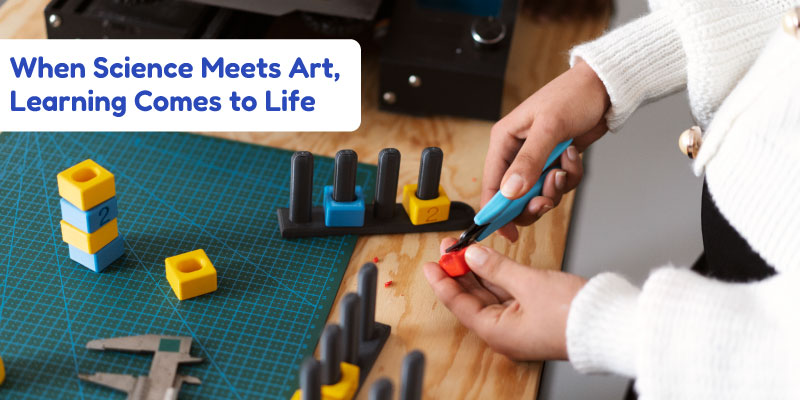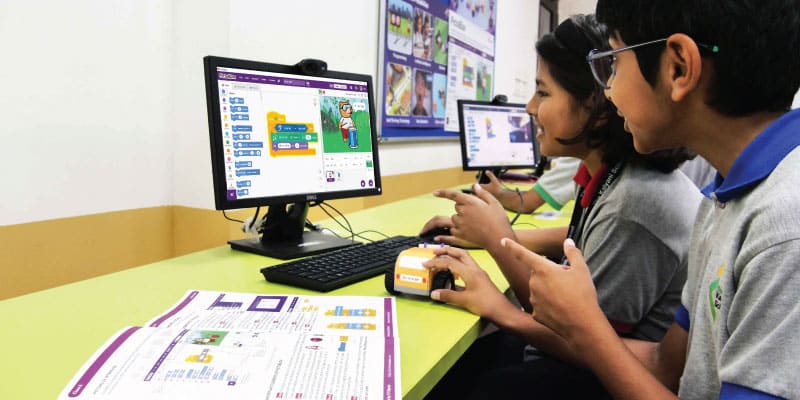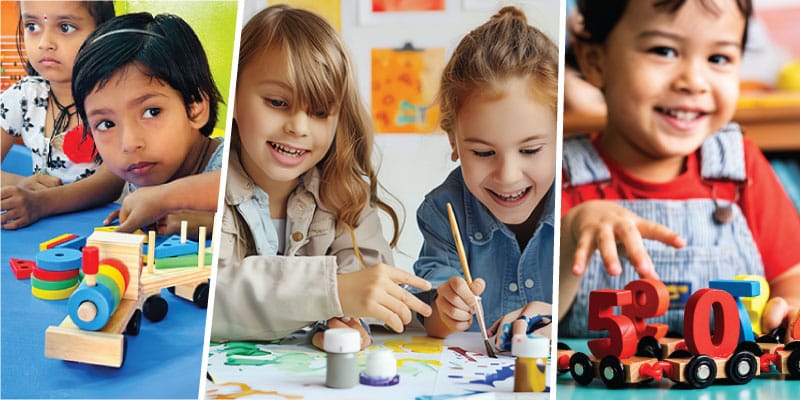With the emergence of technology and the growing use cases of AI and robotics in our daily lives, it has become imperative for students to learn to be more than just consumers of technology. That’s when STEAM comes into the picture.
STEAM learning transcends textbook learning or formulas; the combination of creativity and logic, with a hands-on exploratory medium, helps kids understand how learning can be fun and meaningful at the same time. Now the question arises: how can we provide kids with early exposure to STEAM concepts? Parents play a crucial role when it comes to the actual application. The goal is not to push children into careers in science or technology, but rather to spark curiosity, fuel imagination and give them the right tools from the start to thrive in a fast-paced world that’s revolving around technology and innovation.
Why STEAM Matters for Kids?
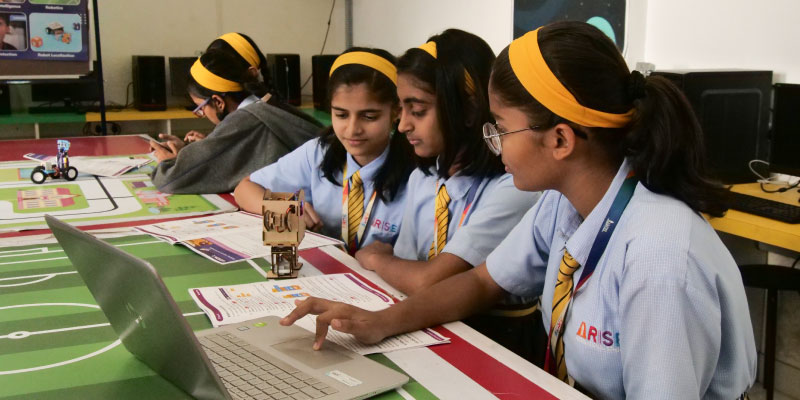
- Prepares kids for the future – Most future careers will demand a mix of creativity, adaptability and technical skills. Early exposure to STEAM helps kids build the foundation for tomorrow’s opportunities.
- Boosts confidence – When children create something on their own, it gives them a sense of accomplishment, which eventually motivates them to take on bigger challenges.
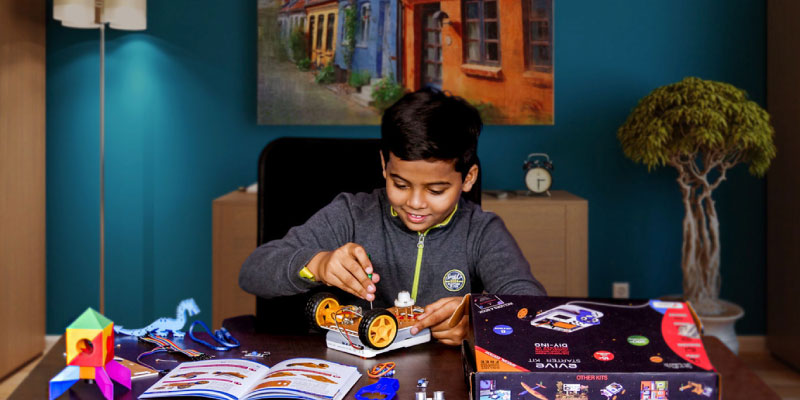
- Connects logic with imagination – The ‘A’ in STEAM stands for Arts. This has allowed kids to blend design, creativity, and storytelling with the aspects of science and technology. The good balance enables them to become well-rounded learners who don’t just see the technical side of innovation but also its human side.
- It helps foster creativity and problem-solving skills – The idea is to encourage kids to ask questions, experiment, and seek solutions, making learning more fun when they come from a place of curiosity. When they experiment in the state of play, they unknowingly find creative solutions to real-world problems.
10 Proven Ways to Get Kids Interested in STEAM
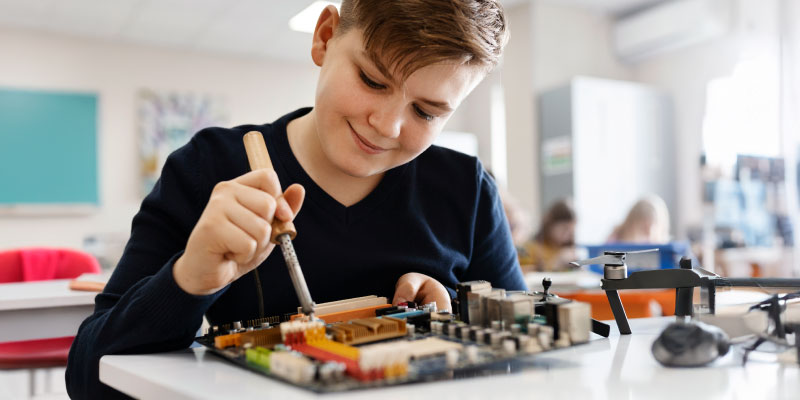
Here are practical, parent-tested ideas you can start with today:
1. Start with Everyday Curiosity
Everything that we do on a day-to-day basis exposes us to the wonders of both science and arts, from cooking that can teach about chemistry, gardening that turns into a biology lesson, to fixing a leaky tap, which is basically engineering in action. The idea is to invoke curiosity in the children and give them opportunities to ask the right questions and approach everything with a hint of wonder.
Turn these ordinary activities into learning opportunities for kids.
2. Make Learning Experiential
Nothing beats the learning that comes with being in the process, with touching, building, and experimenting hands-on. Invigorate them to try DIY projects and encourage them to upcycle what’s not in use anymore. Remember, the messier, the better!
3. Introduce STEAM Toys and Kits
Kits to make STEAM an approachable one in a way that allows them to be expressive. Kits like snap-together electronics, magnetic building blocks, coding robots, and DIY maker sets intrigue them while building skills step by step.
Toys like Wizbot Maxx are not just fun, they are dynamic in nature, allowing both children and their parents to manage emotions, unwind and regain focus. The button coding makes it easy for children in the age group of 4+ to learn problem-solving, computational thinking and logical reasoning through fun drawing and puzzle-solving activities while sparking creativity.
4. Use Storytelling to Teach Concepts
Storytelling fosters connection, making abstract ideas more relatable. Bring material to the table like biographies of inventors, documentaries about space explorers, or interactive apps featuring characters solving challenges; it all helps kids see STEAM as inspiring and relevant.
5. Introduce Kids to Coding Early on
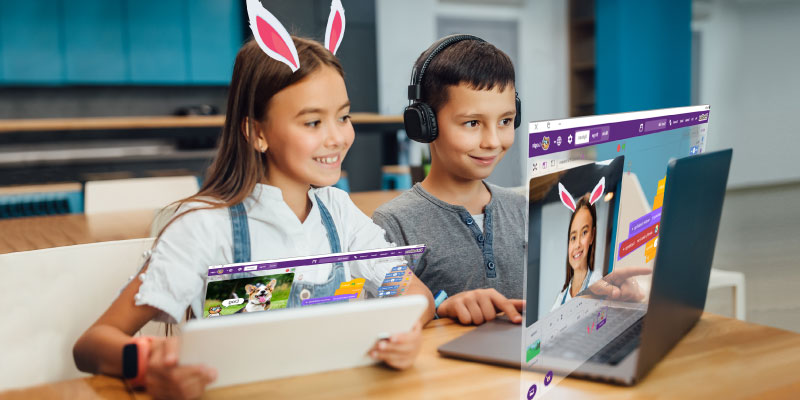
Coding is today’s literacy. Platforms like PictoBlox, Tynker, and Code.org offer fun, game-like environments where kids can design animations, create games, and learn programming logic without feeling intimidated.
6. Blend Art and Technology
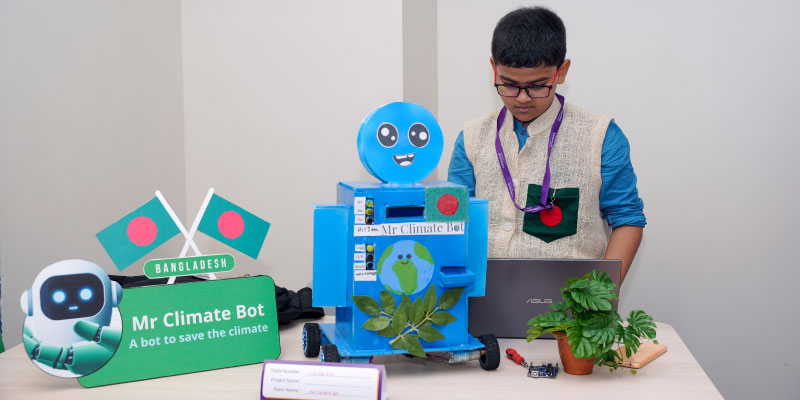
It’s imperative for kids to have both their right- and left-brain thinking active; introduce them to emotion as well, not just logic alone. Get your hands on tools like music-mixing apps, digital drawing tools, AI-based art, and maker projects that combine design with tech.
7. Attend STEAM Events and Workshops
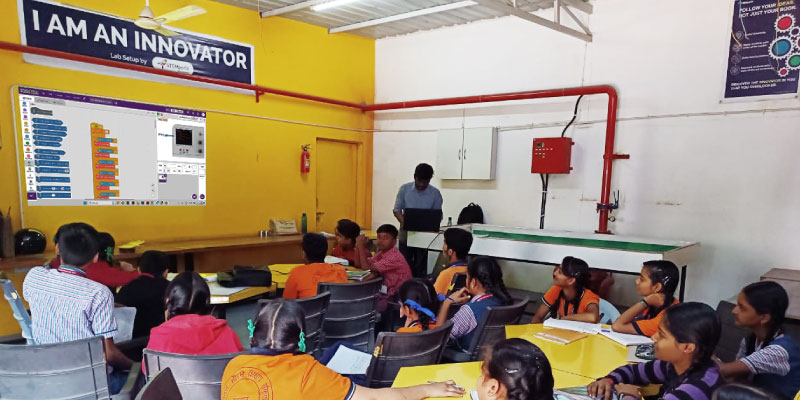
Education has evolved significantly by incorporating the Arts in STEM; STEAM education fosters creativity alongside technical proficiency. It’s also important to stay updated with the ever-evolving spectrum of STEAM, and the workshops allow students to gain a deeper understanding of concepts and commence a passion for learning that lasts a lifetime.
Take kids outside the classroom. Visits to planetariums, robotics expos, and science museums provide real-world context and hands-on exposure they’ll never forget.
8. Celebrate Effort, Not Just Result
It is human nature to learn at their best with multiple failed attempts; it’s when learning from experiments is the best way to go about it. As a parent, make sure you praise curiosity, creativity and persistence, eventually helping kids in developing resilience and see failure as part of the learning process.
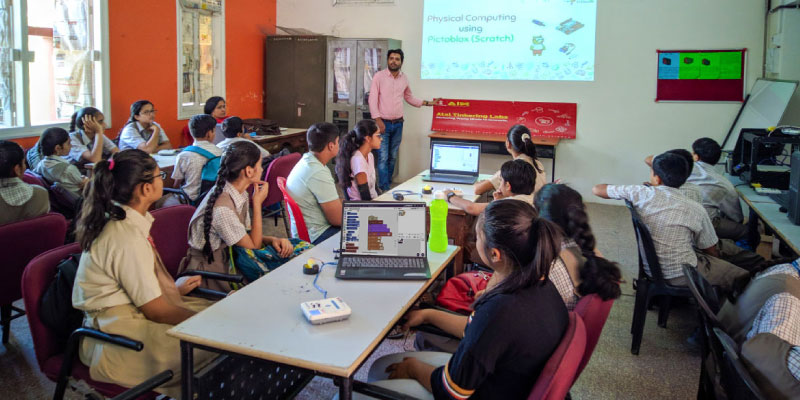
9. Be a Role Model
Kids learn more by observing than they do by listening. You be the role model, take initiative, and show enthusiasm for tinkering and coding. They even imitate how you question things, be more curious around them, and they will start mirroring the excitement.
Long-Term Benefits of Early STEAM Exposure

- Stronger critical thinking and creativity – Kids exposed to STEAM early learn to analyse situations, think outside the box, and develop innovative ideas.
- Better collaboration and communication skills – Group projects, coding clubs, or even family DIY sessions teach kids how to collaborate, share ideas, and solve problems together.
- Future-ready career opportunities – From AI specialists to product designers, future jobs will demand a STEAM mindset. Even if kids choose careers outside science or tech, these skills will remain valuable.
- A lifelong love of learning – Most importantly, early engagement makes learning feel enjoyable, not forced. Kids who discover the fun side of STEAM are more likely to stay curious and keep exploring throughout their lives.
In a Nutshell
STEAM isn’t just about science experiments or coding robots; it’s about nurturing a mindset of curiosity, creativity, and resilience. By making learning hands-on, fun, and relatable, parents can open doors for their children to explore both logic and imagination.
Start small: plant a seed, build with blocks, or try a coding game together. Over time, these small steps add up to a powerful learning journey.
At the end of the day, STEAM isn’t about raising scientists or engineers. It’s about raising curious thinkers who feel confident exploring the world and are ready to create their own future.

